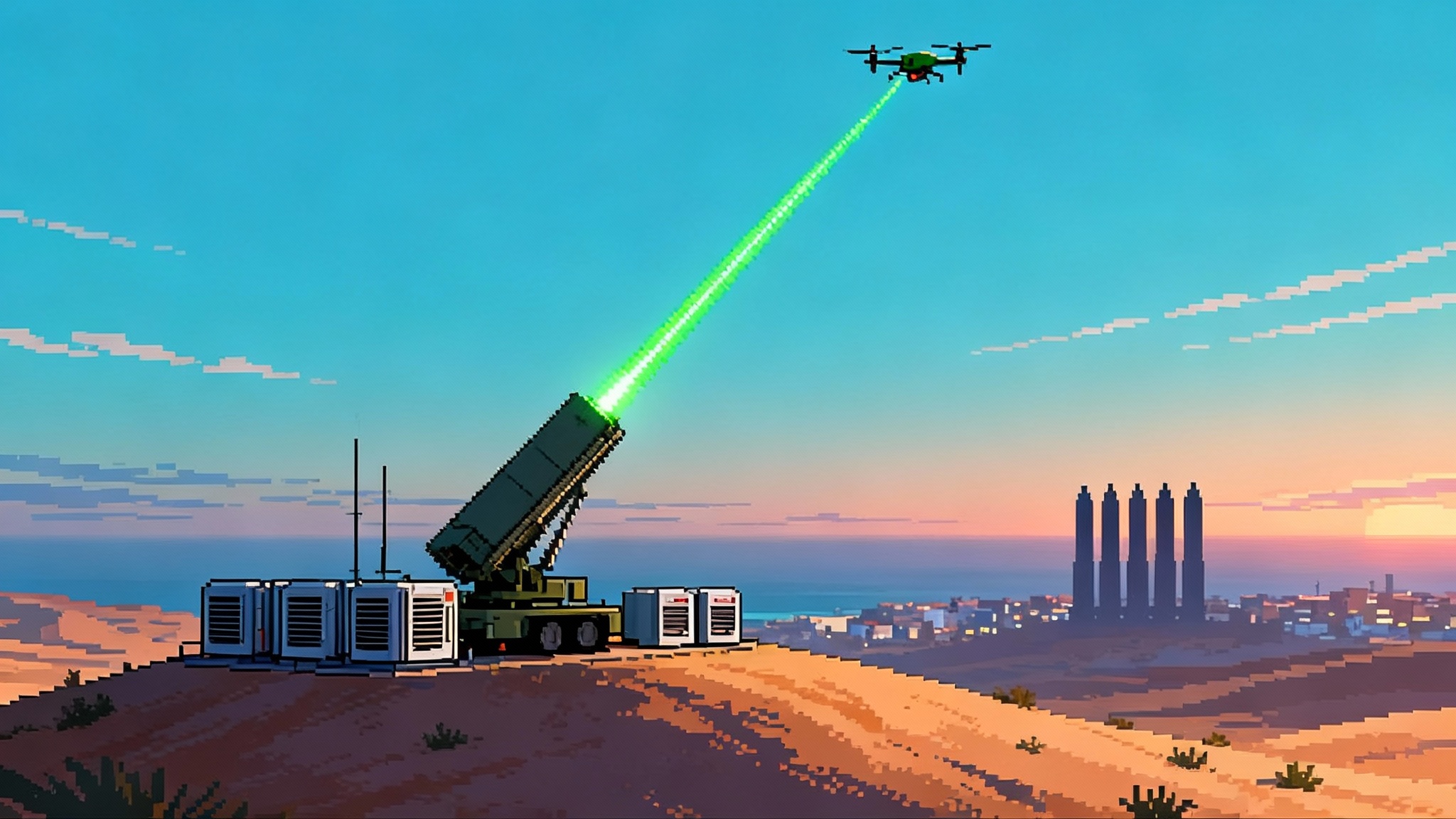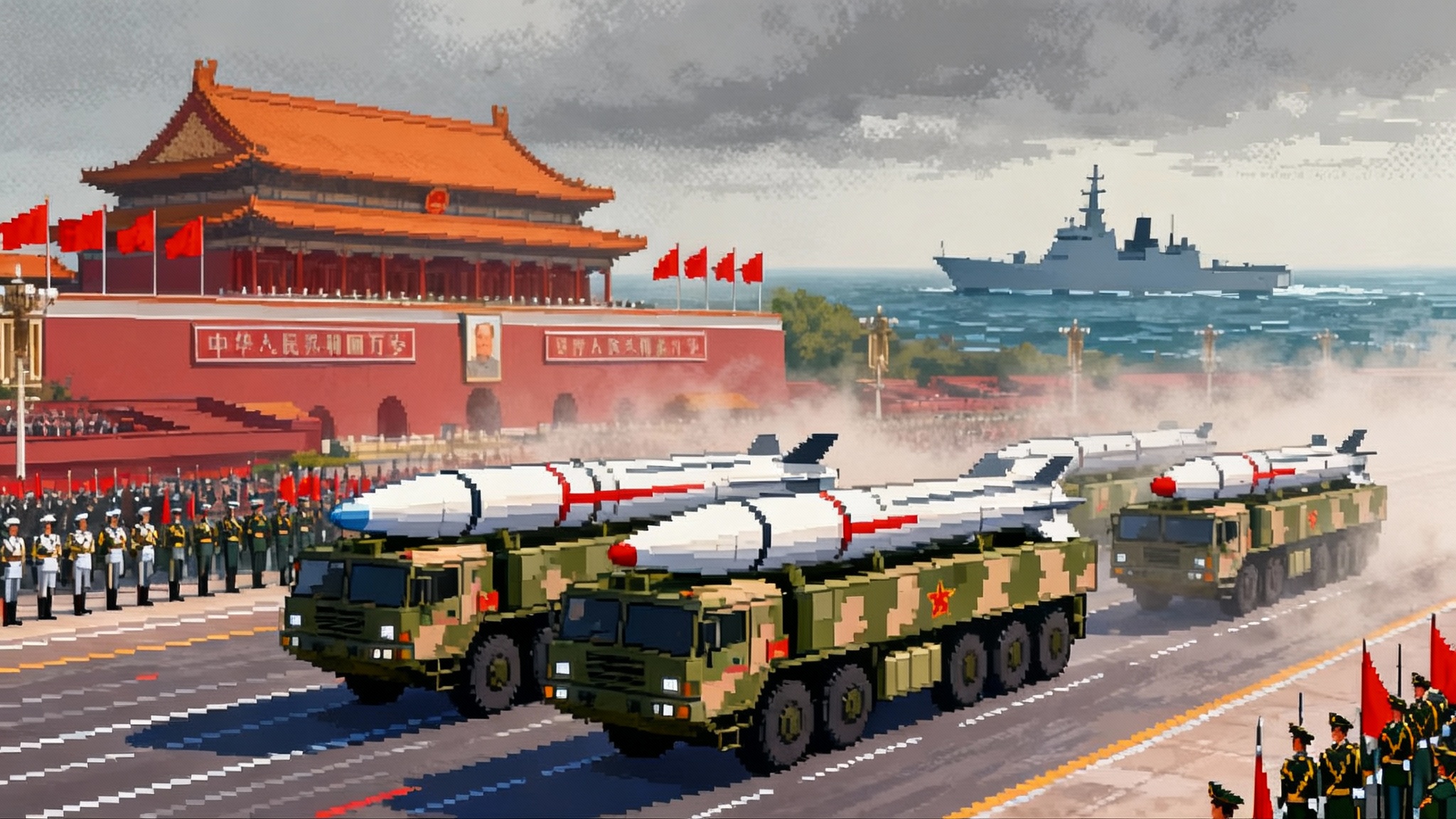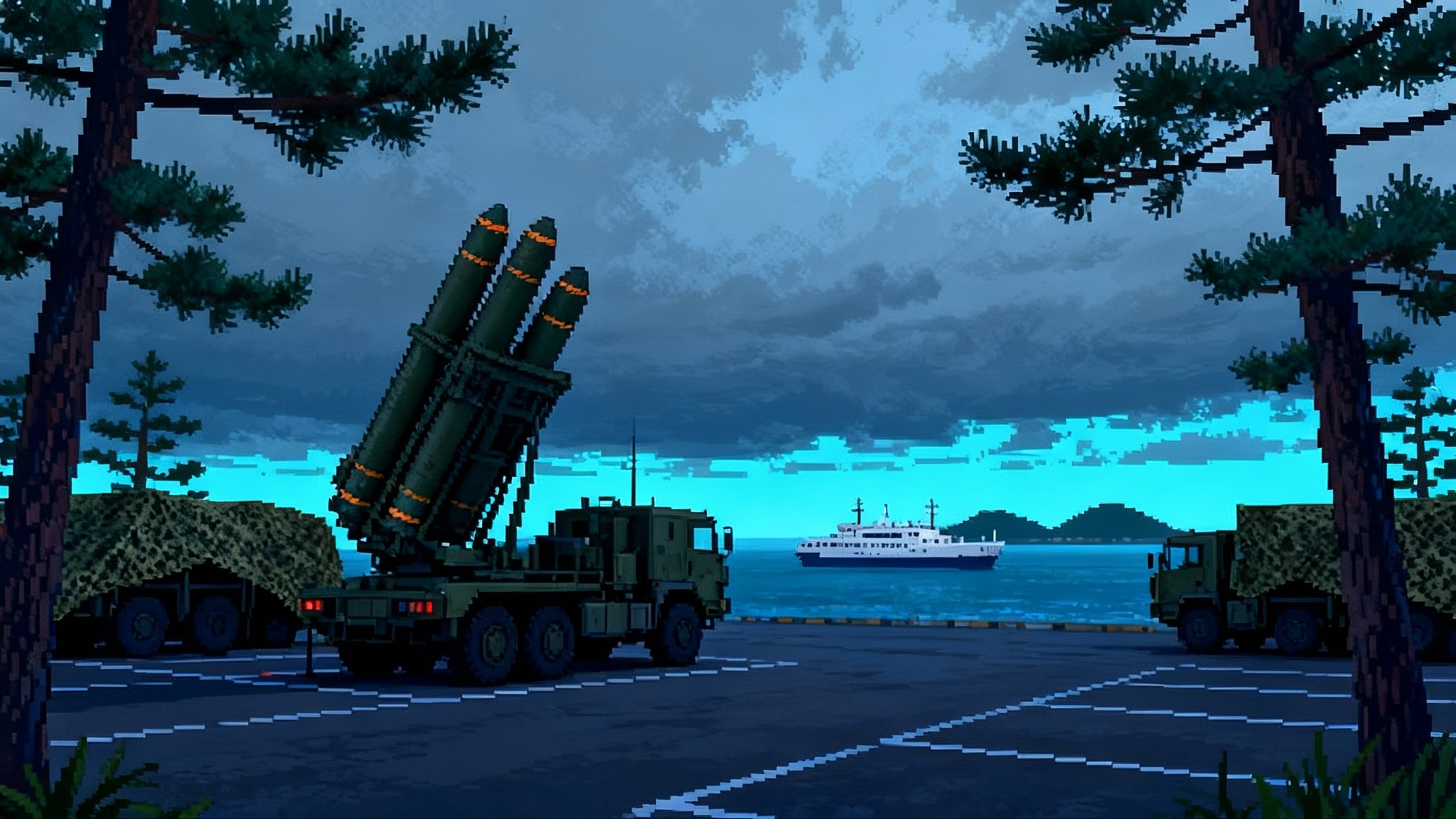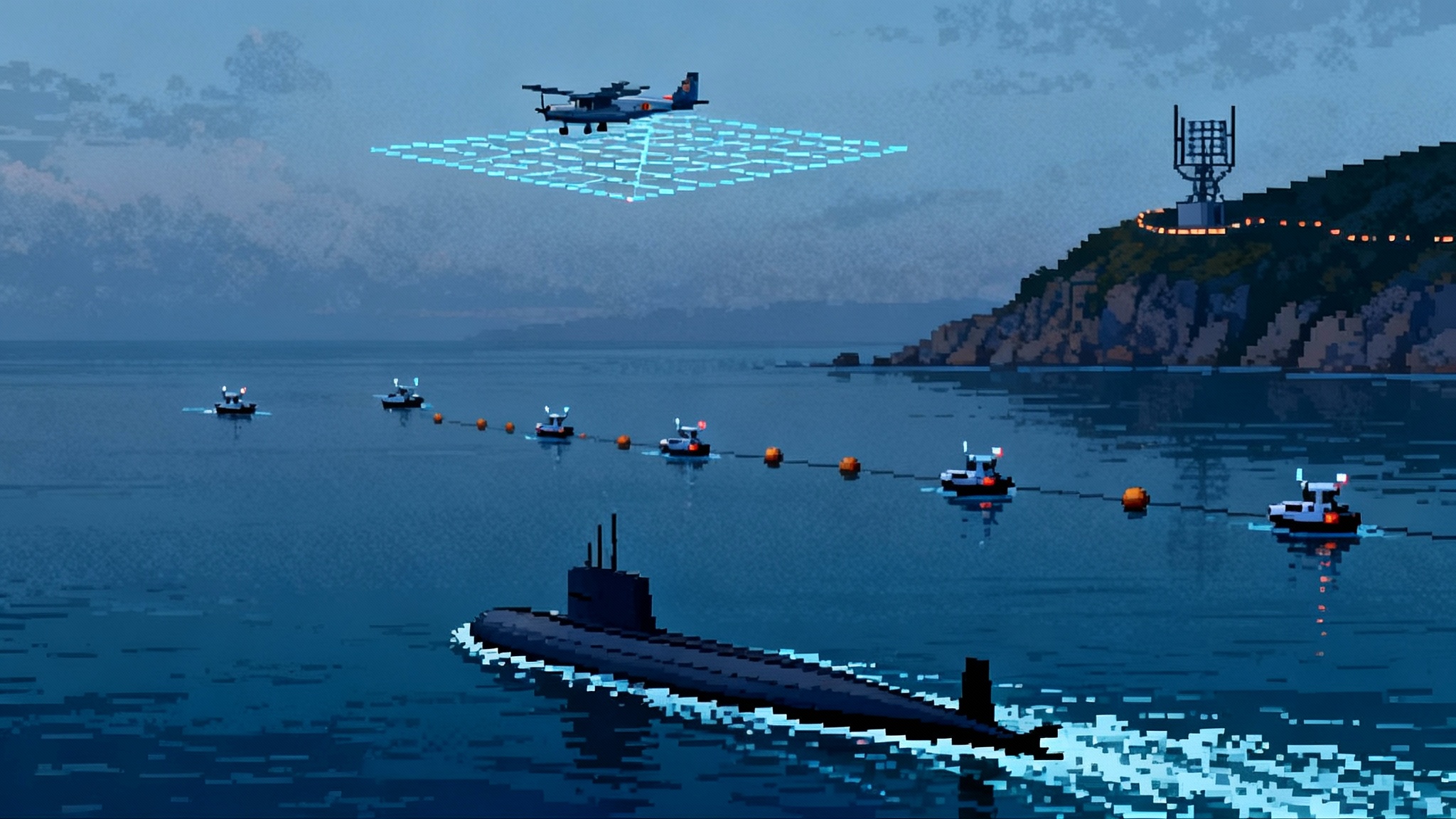Iron Beam’s 2025 debut: lasers rewrite air defense math
Israel says Iron Beam will enter service by December 2025. If the high‑energy laser performs as billed, it could slash cost per shot against drones, rockets and mortars, reshaping layered defenses from Gaza to the Red Sea and beyond.

A quiet revolution at the speed of light
In mid‑September 2025 Israel said its high‑energy laser, Iron Beam, would be in operational service by the end of the year. The announcement followed multi‑week trials in the south and signaled that a lab technology is crossing into the force structure of a country that faces daily fire from rockets, mortars and drones. The next barrages over Israel may be met by light, not just missiles, and the economics of air defense could change as dramatically as the physics.
The timing matters. The statement came on September 17, 2025, with the Defense Ministry saying the first systems would integrate into Israel’s air defenses by year‑end. That confirmation, carried by a major wire service, underscored a claim that would have sounded bold only a few years ago: a high‑power laser approaching full operational maturity. See the Reuters report on Iron Beam readiness.
Why lasers change the math
Missile defenses have always wrestled with the arithmetic of attrition. If a defender must fire a costly interceptor at each inbound threat, an attacker can try to win on volume. Lasers attack the problem at the point of cost. They are powered weapons, so the key expenditures are the generator, the laser itself, and the logistics to keep it fueled and cooled. Once deployed, the marginal cost per shot is negligible compared with a missile. That single shift can turn mass‑fire tactics into a liability for the attacker, especially at short range.
Speed also matters. Lasers deliver energy at light speed, so there is no classical time of flight. For small threats at close ranges, that means rapid retargeting and short engagement cycles. The practical result is a system that, if powered and cooled, can take many shots in quick succession without the reload pauses that come with missile magazines.
There are limits, and they are important. Lasers do not explode in proximity. They must dwell on the target long enough to damage it. They work best when the atmosphere cooperates. They must be sited where power can be generated or delivered. Yet for the specific class of targets that bedevils modern defenders, low‑cost drones and short‑range projectiles, the promise is clear.
How Iron Beam fits the shield
Israel’s air and missile defense is built as a stack, each layer managing a range band and threat set. Iron Dome takes the brunt of short‑range rockets and many drones. David’s Sling covers medium‑range missiles. Arrow handles the long‑range ballistic tier. Iron Beam is designed to sit low in that stack and peel away the cheapest, most numerous threats. The goal is not to replace Iron Dome but to preserve it by letting the laser handle small, short‑range shots that would otherwise burn expensive interceptors.
Integration is the unsung challenge and the central value. A laser battery tied into the national air defense picture, cued by the same sensors and battle management that feed Iron Dome and David’s Sling, is transformative. The approach echoes the joint kill‑web logic described in Guam’s missile shield rewired.
What changed technically
To leave the lab, a laser must be more than powerful. It needs a beam director that keeps the spot on target through turbulence, jitter and motion. It needs adaptive optics that clean the beam as it burns through air that is never truly still. It needs cooling, ruggedization and a control loop that can engage, assess damage and switch quickly. Over the past three years, Israel’s team invested in precisely those areas, including a new director that improves range, efficiency and engagement speed. See Rafael unveils new laser director.
Power remains the heart of the trade. High‑energy lasers consume significant power and turn much of it into heat that must be removed. That drives platform choices, siting and logistics. For a fixed site, diesel generators or grid access can work with industrial chillers. For mobile use, the trade becomes harder. First deployments will likely favor defended areas where the power and cooling footprint is acceptable and where radar coverage and command integration already exist.
Weather is the other immovable variable. Lasers do not love heavy rain, fog or dust. Northern Israel’s winters bring low clouds and moisture, the Negev brings dust, and coastal air can be thick. In a layered defense, that is manageable. When lasers are degraded, kinetic interceptors carry more weight. When skies are clear, the laser takes the load.
Saturation is a test that matters now. Hezbollah and the Houthis have both used mass‑fire tactics, combining rockets with drones and cruise‑like weapons to overwhelm defenders. Lasers help in two ways. First, they provide more shots before you run dry, since fuel and cooling are easier to stockpile than ready‑to‑launch missiles. Second, they let you prioritize. A laser can swat small, close threats fast, leaving interceptors free for complex or distant tracks.
The economics that move armies
Air defense is a budget war. Every Tamir sent from an Iron Dome battery is money burned to prevent catastrophe. Wars of months and years punish that math. If a defender can push a majority of simple shots to a powered effector with near‑zero marginal cost, the re‑arm and sustain bills change dramatically. That in turn changes strategy, because a state that can afford to stand on alert and shoot all day is harder to coerce with sporadic rocket fire.
How it integrates in practice
- Place Iron Beam batteries where they can protect critical nodes, border towns and key bases that see frequent short‑range fire.
- Tie batteries into existing command and control, using shared radar tracks and automated engagement authorities that ensure lasers are assigned to shots they can handle.
- Carve out ranges and sectors so the laser takes the lower band and hands off anything that demands a missile, preserving human decision time for the shots that matter most.
Over time, integration will widen. Airborne or elevated lasers are under development because altitude reduces some atmospheric penalties. For networked employment concepts, see the SDA Tranche 1 transport mesh.
Ripples for allies and rivals
The United States has pursued multiple laser programs across services, from vehicle‑mounted short‑range defenses to shipborne systems testing against drones at sea. If Israel fields a mature system in a high‑tempo environment and shows sustained effect, it will add urgency to allied timelines. In the Indo‑Pacific and Europe, demand for layered, tightly integrated defenses is already rising, as seen in Japan’s ASEV SPY‑7 upgrade.
In the Gulf, states that have paid to fire expensive interceptors at small drones over ports and oil infrastructure are gauging laser options. Export controls and component licensing will shape timelines, but the demand signal is clear.
At sea, shipboard lasers are the natural cousin. If naval crews can burn down drones and small boats with electricity rather than missiles, magazines last longer and ships stay in the fight.
Battlefield implications now
If Hezbollah returns to massed rocket fire while mixing in low‑cost drones, Iron Beam could change how northern Israel rides out the opening salvos. Batteries sited to cover border towns would shoulder small rockets and quadcopters, while Iron Dome and higher layers handle complex threats and anything headed for major cities. The result would not be a leak‑proof wall. It would be a shield that leaks less, for longer, while exposing the attacker’s more advanced munitions to interception and counterstrike.
In the Red Sea theater, where the Houthis have paired drones with cruise‑like weapons and longer‑range missiles, lasers would help at ports and bases. They would clear local air of the cheap and the small, freeing more exquisite interceptors for the rare and the hard.
Adversaries will adapt. Expect more clutter, decoys and smoke to complicate laser engagements. Expect attempts to saturate during weather windows when humidity or dust dulls beam quality. Expect thicker skins on drones and more tumbling or spinning tactics to break dwell. This is why a laser belongs in a stack, not alone.
The tradeoffs commanders will watch
- Power and cooling. Track fuel burn, maintenance tempo and uptime when summer heat or winter damp pushes the system.
- Beam control in real environments. Adaptive optics and new directors are the magic, but dust and turbulence are relentless. Real‑world data will drive software updates and siting adjustments.
- Battle management. Mixed magazines are only as smart as the network that assigns shots. Algorithms and authorities will need tuning as a new effector joins the fight.
- Sustainment. Lasers trade missile stocks for spares, optics maintenance and power systems. Logistics will focus on what breaks, how often, and how quickly repairs occur under fire.
Export questions that matter
Who gets it, when and with what restrictions will be geopolitical as much as technical. Many allies want a laser that plugs into their command networks. Some will push for shipboard versions. Early deals will likely favor partners who already share sensitive air defense data with Israel or the United States and who can secure the technology.
Buyers are converging on the same checklists: weather performance, duty cycle, required crew skills, optical maintenance, behavior under sustained saturation, and integration with existing radars and battle management software.
Between the announcement and first shots in anger
From September to December, Israel’s focus will be on integration and training. That means pairing batteries with the right radars and sectors, writing rules of engagement that deconflict lasers and missiles, and stress‑testing power and cooling in the exact places the systems will live. Expect firmware updates as operators find corner cases and commanders build playbooks for weather days and mass‑fire nights.
The bottom line
Iron Beam’s stated entry into service by year‑end is not a silver bullet. It is a shift in the defender’s toolkit. Lasers will not replace missiles, and weather will still humble the best hardware. But if Israel proves that a high‑energy laser can live inside a national air defense system, carry real load against real attacks and do so at a marginal cost near zero, then the offense will lose the cheapest tools in its bag while defenders of ports, bases and border towns gain a weapon that punishes mass with resilience.








